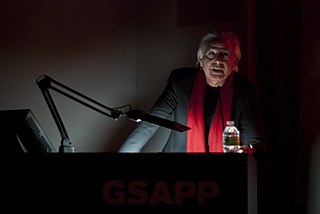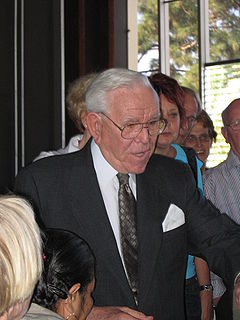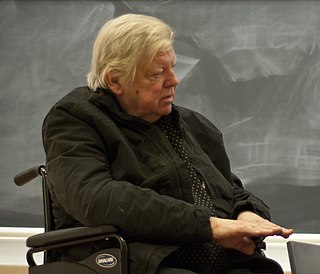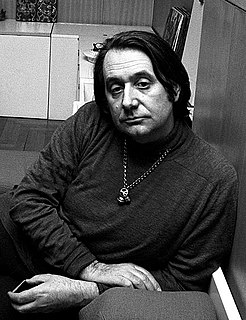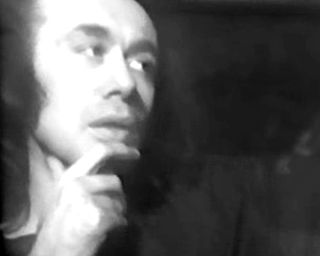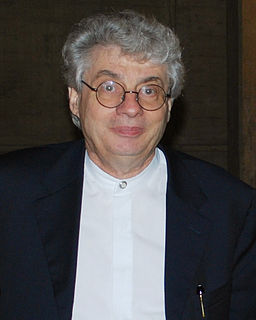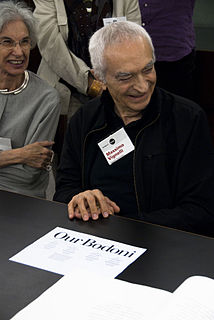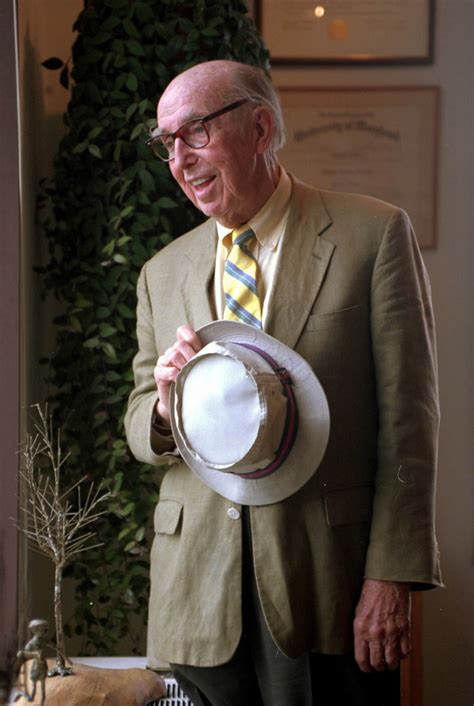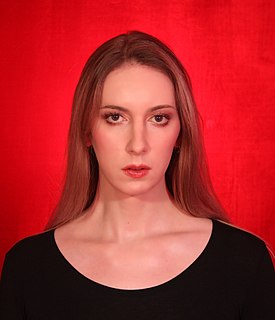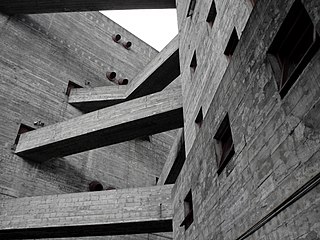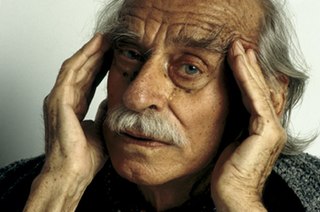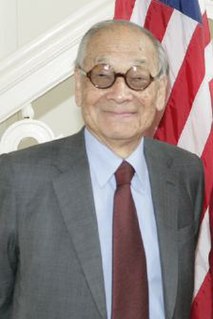A Quote by Bernard Tschumi
The ultimate pleasure of architecture lies in the most forbidden parts of the architectural act, where limits are perverted and prohibitions are transgressed.
Quote Topics
Related Quotes
Walkers are 'practitioners of the city,' for the city is made to be walked. A city is a language, a repository of possibilities, and walking is the act of speaking that language, of selecting from those possibilities. Just as language limits what can be said, architecture limits where one can walk, but the walker invents other ways to go.
It was very definitely architectural. I was using the words on the page as some kind of equivalent of a physical model. But I never thought at that point that I wanted to move toward architecture. I wanted to move toward real space. Sure, that's probably another way of saying, I want to move toward architecture. But I didn't define real space in terms of architecture, then.
Taj Mahal was built up by the Mughal Emperor Shah Jahan, who wanted his beloved wife to be remembered by one and all, with help of architectural geniuses like Ustad Isa, Isa Mohammad Effendi and Puru of Persia. The result that came across was a fine piece of Mughal architecture, fused with Persian, Islamic, and Indian architectural styles; or is believed so by many.
I started to begin to be interested in architecture and design when I was 14 years old, which was pretty early in life. And then I would start to look at architectural magazines and I eventually went to the school of architecture too, but one of the things I learned very early is that an architect should be able to design anything from a spoon to the city.
I carry with me from my male upbringing a sense that femininity is forbidden. So when I appear on YouTube with forty butterflies glued to my body and glitter all over my face, I have a sense that I'm getting away with something I'm not supposed to. I'm being decadent. I'm enjoying a forbidden pleasure. And that's fun, and it's funny.
